Everything you need to know about pruning anthurium at home
If you have a damaged or unbalanced anthurium plant (aka the flamingo flower, point flower or tail flower) in your indoor garden, pruning can solve your problems. Although not one of the most important tasks in anthurium plant care, pruning can help redirect your plant’s energy toward new growth while improving aesthetics. In this article we will cover the proper way to prune your Anthurium plants at home with easy to follow step by step instructions.
Pruning anthurium plants
Anthurium plants require regular pruning to remove any yellow, brown or diseased leaves as well as spent flowers. This will improve growth and make the plant less susceptible to pest and disease problems. Shaping can also be done once a year in the spring, without removing more than a third of the plant at a time.
The importance of pruning
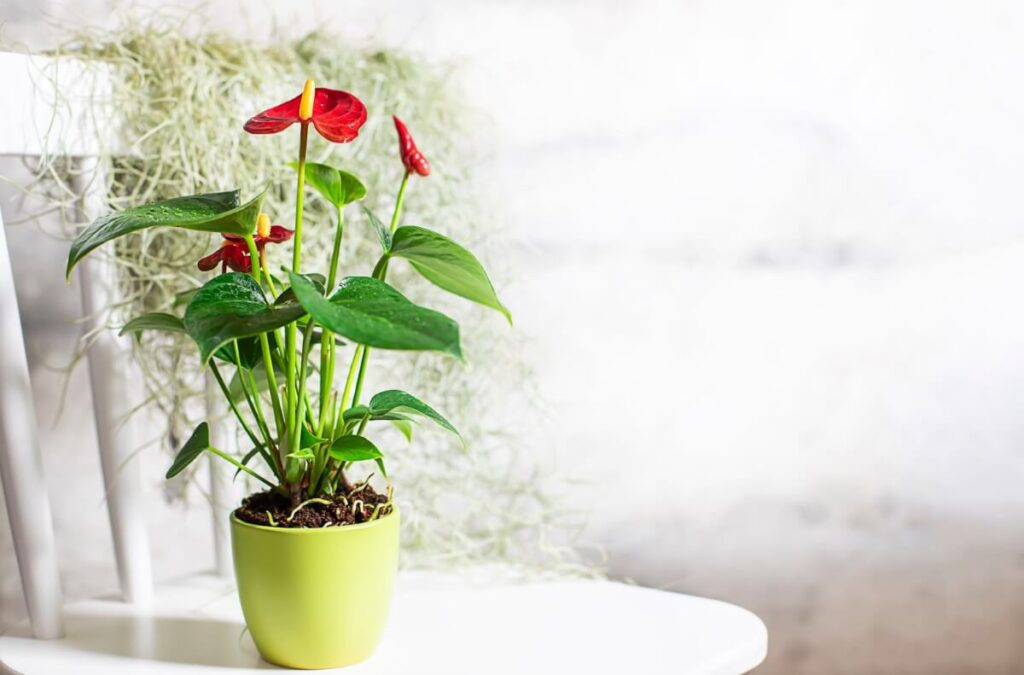
Pruning is an important task for all houseplants. Some need more pruning than others, but all houseplants will benefit from pruning at some point.
The main reason for pruning is to eliminate damaged or fading leaves and flowers to make room for more growth. When yellowed leaves or spent flowers remain on the plant, they drain energy that could be used to put out new leaves and flowers.
This weak growth is also more susceptible to common anthurium pests and disease damage, so removal is critical to your plant’s health. If any pests or diseases do manage to sneak through, pruning can also be a useful control and management tool, stopping the spread before these problems take over your entire plant.
Pruning also helps maintain the shape of your plant. Some leaves can become unruly, grow in the wrong direction or make the plant look crooked. Trimming these improves the plant’s aesthetics and also promotes new growth and flowering at the same time.
Anthurium growth expectations
The size of anthurium depends largely on the variety you grow and the growing conditions. The emblematic Anthurium can reach up to three feet tall or even larger when given room to grow, but dwarf varieties will generally stick to around a foot in height.
Indoors, where the environmental conditions are not ideal, and the plant is confined to a pot, these plants grow relatively slowly. They can grow to their full potential in a large pot and with the right conditions, adding several centimeters to their height each season. However, most remain compact as houseplants.
What is the best time of year to prune Anthurium?
Pruning time will largely depend on the purpose of the pruning. If you are pruning to rid the plant of yellowed, brown or diseased leaves, this is best done sooner rather than later. Any time of year is suitable, as long as you don’t remove too much of the plant at once.
Early spring is best if you prune to shape the plant or promote new growth (also the best time to repot or propagate an anthurium plant). This will ensure the fastest recovery time and take advantage of the seasonal growth boost.
Avoid pruning in winter when growth slows down. The plant will take longer to bounce back and may be more vulnerable to growth problems at this time.
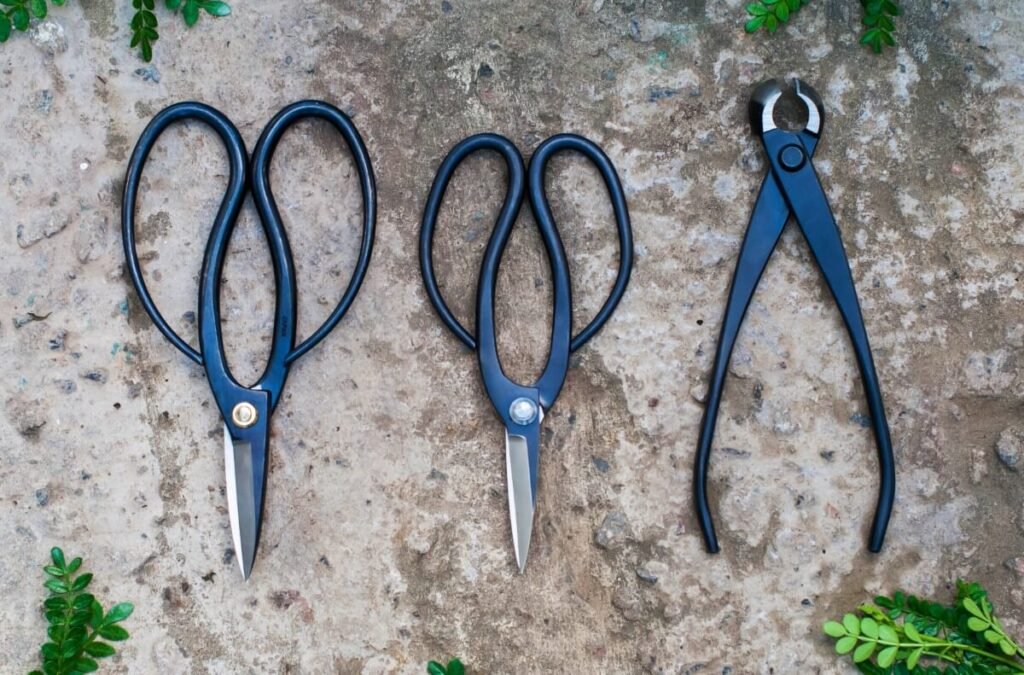
All you need to prune your Anthurium is a pair secateurs or even regular scissors. These should be freshly ground to make as clean a cut as possible, so the plant heals faster.
It is also recommended to clean your tools before you start pruning, especially if you have recently handled diseased plants. Harmful bacteria can hide on your tools and spread to any plants they are used on. Wash with soap and water or disinfect with a 5% bleach solution before use on any plant.
The sap produced by anthurium plants can also be irritating to the skin. If you have sensitive skin, wear gardening gloves when pruning to protect your hands.
How, when and where should you prune anthurium plants?
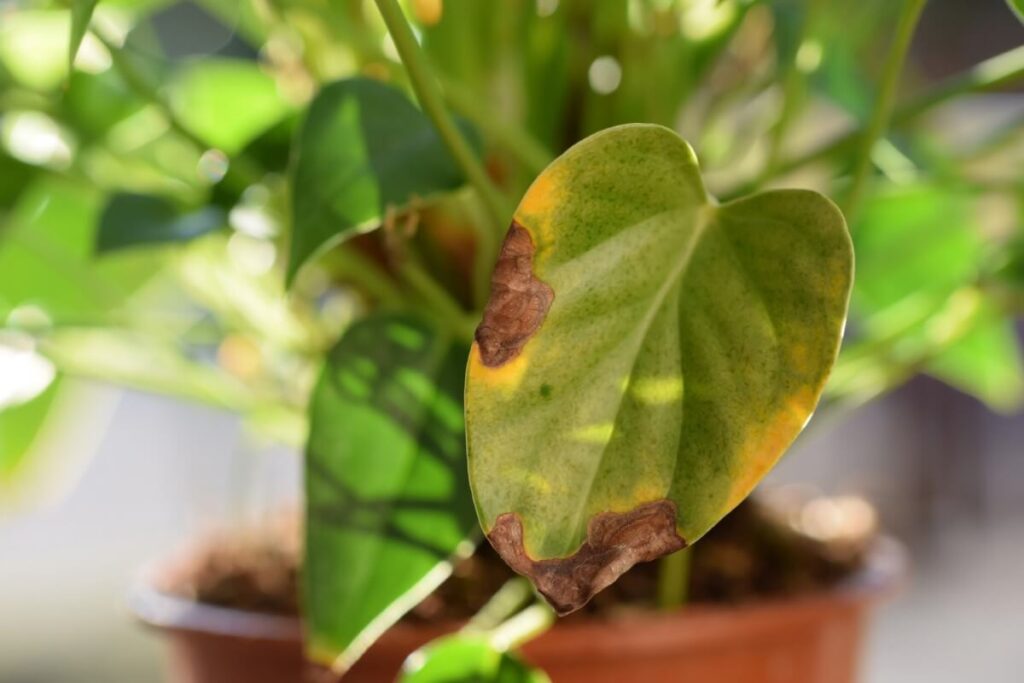
The most common reason to prune Anthuriums is to remove damaged leaves and spent flowers. This should be done throughout the year as soon as problems arise. Follow these steps to keep the plant looking good and save energy:
- Identify any yellow or brown leaves, as well as leaves with extensive damage that could make them vulnerable to pests and diseases.
- Cut the leaves as far back as possible, avoiding damage to the center of the plant or any surrounding leaves. Overly dried leaves can simply pull off the plant without needing to be trimmed.
- Remove any spent flowers down to the base of the stem, making room for new flowers to emerge.
- If you see any diseased leaves, cut them off immediately and throw them in the trash. Check the underside of the leaves for possible spreading. Clean and disinfect your scissors afterwards to prevent the problem from spreading to the rest of your houseplants.
How do you shape anthurium plants?
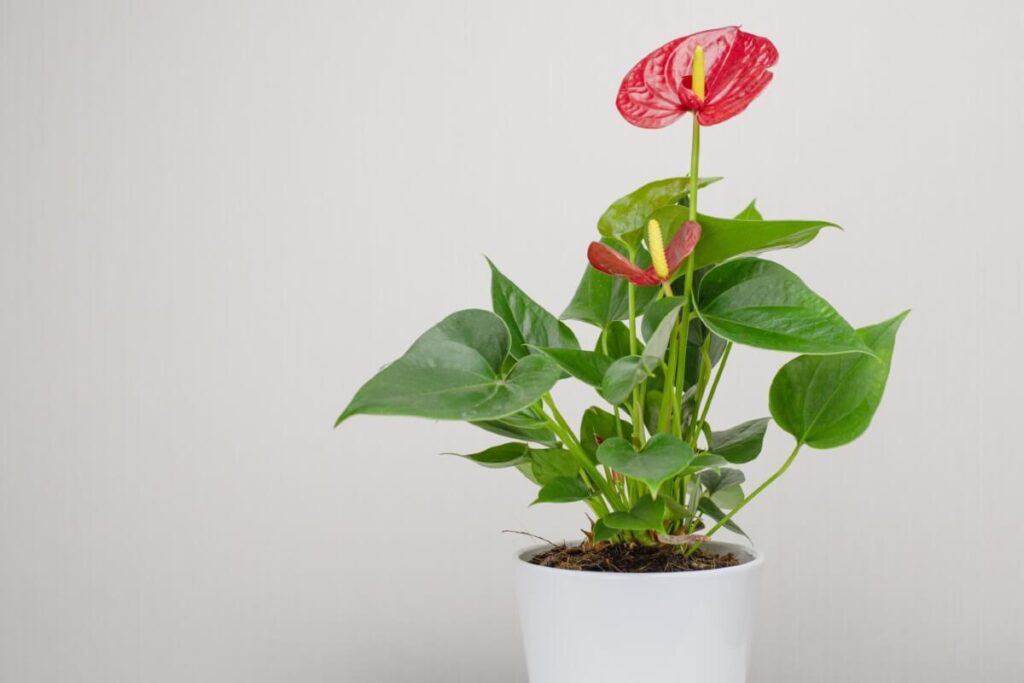
When pruning to shape Anthurium, always start in early spring for quick recovery time. Do not remove more than a quarter of the plant at a time to prevent shock. Follow these steps to shape your plant:
- Identify any leaves that extend past the plant’s natural shape. Cut them off at the base to create more balance.
- Avoid cutting any new leaves, or those towards the top of the plant, as this will affect growth the most. If you need to trim any leaves, choose to get rid of older ones first.
- When the plant is balanced and in the desired shape, return it to its previous location. Turn the pot once a week to give all areas equal sunlight, preventing unbalanced growth in the future.
Care for your post-pruned anthurium
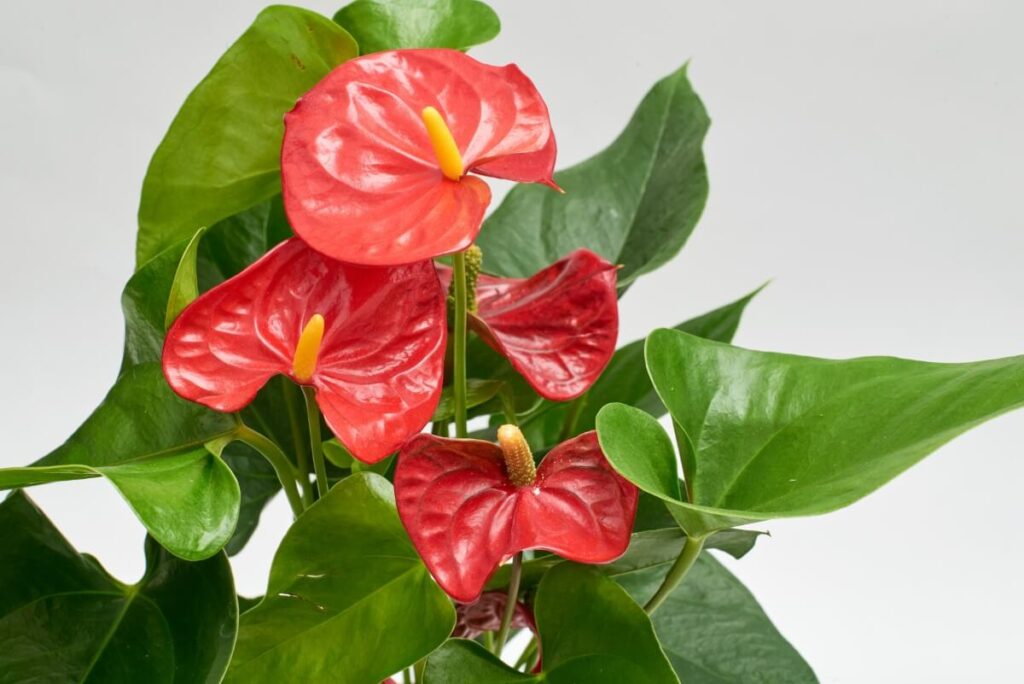
It is normal to notice some wilting, drooping or some yellowing soon after pruning. It will take a few weeks for the plant to recover and return to pre-pruning growth. Keep the anthurium soil base moist by regular watering and make sure the plant has enough sunlight and is placed in a warm place in your home.
Do not drastically change any elements of your routine during this time. This will only amplify the shock and prolong the recovery time of the plant. After a few weeks, you can apply a balanced potting fertilizer if needed to give your plant an extra growth boost.
Frequently Asked Questions About Anthurium Pruning:
How often should I prune my anthurium?
How often you prune depends on the performance of the plant. Regular pruning to remove damaged leaves or spent flowers is recommended, but pruning to change the shape of the plant and encourage new growth should only be done once a year.
Can I cut off excess leaves on an anthurium?
You can cut off any leaves that don’t fit the shape of the plant, as long as you don’t remove more than a quarter to a third of the plant at one time. Remove older leaves first when possible to limit impact on new growth.
Should I cut off the brown leaves from my anthurium plant?
Brown leaves will usually fall off your Anthurium naturally as they do in nature. However, these leaves don’t look good and can also provide a home for pests to settle in. It’s best to remove them as soon as you spot them to improve aesthetics and practice good garden hygiene.
How to make anthurium leaves bigger?
Providing proper care will help your Anthurium grow to its full potential, including in leaf size. Light is the most important factor to consider, along with plenty of water and the right nutrients. Pruning damaged foliage can also direct energy toward healthy growth, increasing leaf size.
Anthurium pruning – the last word
Although Anthurium pruning is not always 100% necessary, it can greatly improve the plant’s health and overall appearance. Less is always more – remove only what is needed to prevent shock and help your plant grow stronger.
If you’re looking for your next Anthurium plant to add to your collection, see our in-depth guide to the best plant shops that carry Anthurium nationwide.
 pyomn
pyomn









